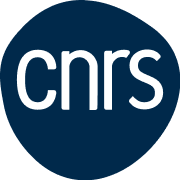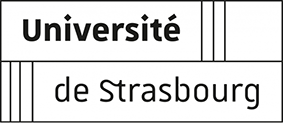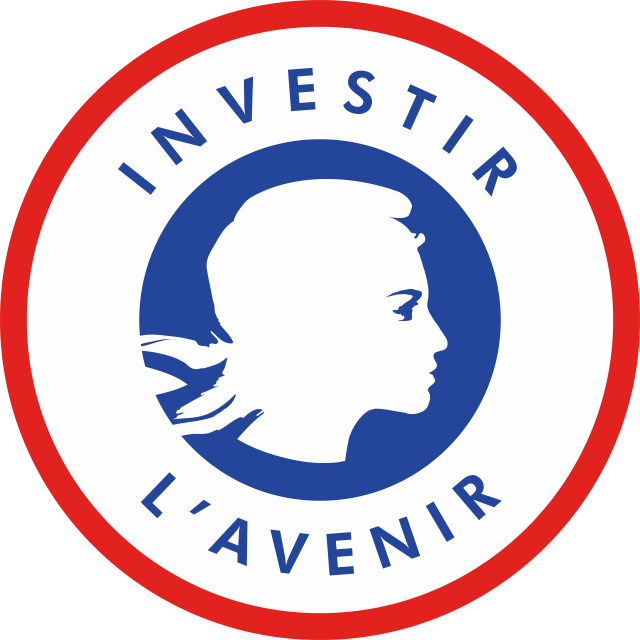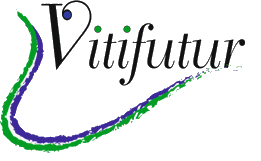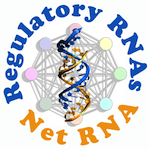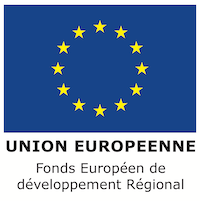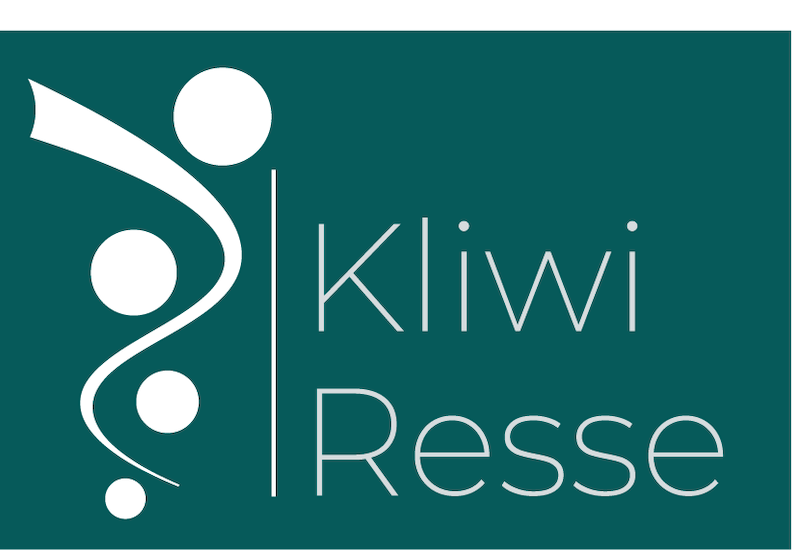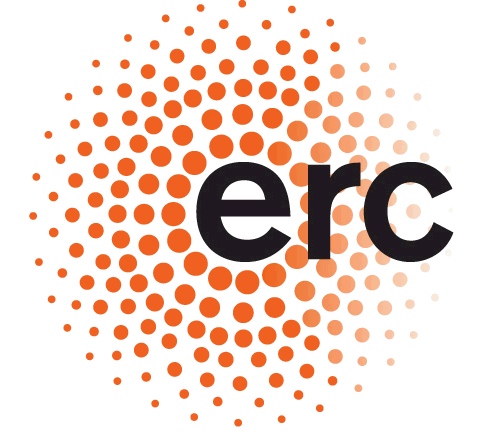Mitochondria and chloroplasts are responsible for two essential biological processes, respiration and photosynthesis. Both organelles are descendants of free-living bacteria and they still retain an essential, but highly reduced, genome. As a consequence, organellar-encoded RNA and proteins are now complemented with a vast cohort of nuclear encoded factors. The interaction of factors coming from different genetic compartments results in a complex dialogue, especially for processes associated with gene expression.
In land plants organelles, RNA metabolism, from transcription to maturation and degradation, is now a variation on a common theme: In both cases, transcription occurs from numerous transcription initiation sites (TSS) on both strands leading to a highly complex primary transcriptome. Hence, chloroplasts and mitochondria rely on RNA quality control (QC) to sort through this initial transcript pool for the RNA segments to be preserved and in some cases subdivided, while the remainder is rapidly degraded. The essential mechanism of RNA QC is carried out by an assortment of ribonucleases (RNases) whose genes are encoded in the nucleus.
Their coordinated actions make it possible to shape the transcriptome and selectively preserve the portions of transcripts necessary for the proper functioning of the organelle while degrading and recycling the others. The exact role of most of the RNAses involved in RNA QC is however far from being understood, along with the division of labor between the different enzymes. Specifically, one poorly understood aspect of organellar gene expression and regulation is the role of antisense RNAs and more globally double-stranded RNA-related processes.
Our goal is therefore to get a better understanding of the plant chloroplast and mitochondrial transcriptomes by identifying their plethora of RNA isoforms and RNA duplexes and we more specifically focus on examining how the various organellar ribonucleases shape these two transcriptomes. To do so we combine multiple approaches, ranging from wet molecular biology to bioinformatics and statistical analyses of -omics datasets, developing tools specifically tailored to our needs.
Research area
Members
-

Mathilde ARRIVÉ
Ingénieure d’étude / Engineer
-

Benoit CASTANDET
Professeur / Professor
